The simple guide to growing your own grapes
If you pick the right variety and get the conditions spot on, you'll be eating your own grapes under the shade of your own vine in three years, says Mark Diacono.
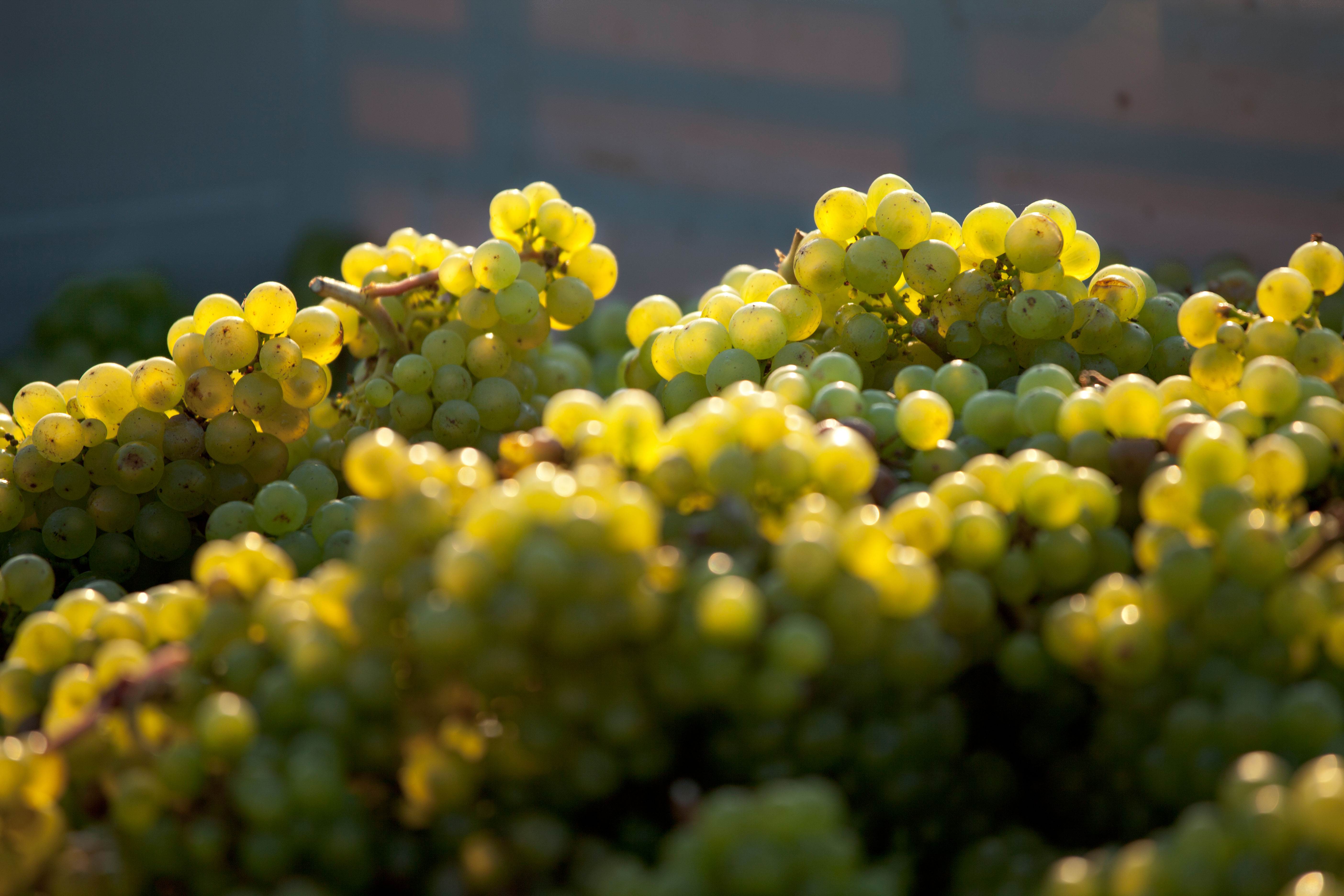

My early twenties redefined ‘idle’. Of the few exertions I undertook, a couple of autumnal trips to France and Switzerland to pick grapes stand out. The long, hard days were softened somewhat by the landscape, the camaraderie and the wine and chocolate given every two hours from 7.30am.
At the time, I had little interest in gardening and no idea that the sense of harvest celebration was not only the anticipation of wine to come, but also relief that a year of gentle interventions had been successful. Easy as they are to grow, grapes take you on a particular dance through the seasons, which makes the eating and drinking especially rewarding.
If you’re thinking of planting a grape, chances are it will appreciate the predicted hotter, longer summers, ripening more reliably and more completely. Now is the time to sit down with a glass of what you fancy and dedicate time to researching varieties: your vine may be with you for decades, so choose one you like the sound of, that suits your location and according to whether you want to eat or press the grapes. If you know someone who grows a particular variety, taste the fruit of theirs if you can.
Of the many varieties I’ve grown, here are a few to consider. Madeleine Angevine is a sweet, white, dual-purpose variety that flowers frost-dodgingly late and ripens early, making it good for cooler areas. Chasselas d’Or is a superb variety for eating or making into wine. Disease-resistant, reliable and heavy-cropping, even in less hot summers. It’s happy inside or out.
Reliance is a seedless, red variety that bears medium to large bunches of grapes with a tender skin, juicy flesh and a superb flavour. It ripens earlier than most, in late August.
If you’re growing your vine undercover, try Muscat of Alexandria, which has a heady muscat flavour and aroma. Boskoop Glory is a superb, prolific, seedless black grape with gloriously colourful autumn foliage, good grown indoors or out.
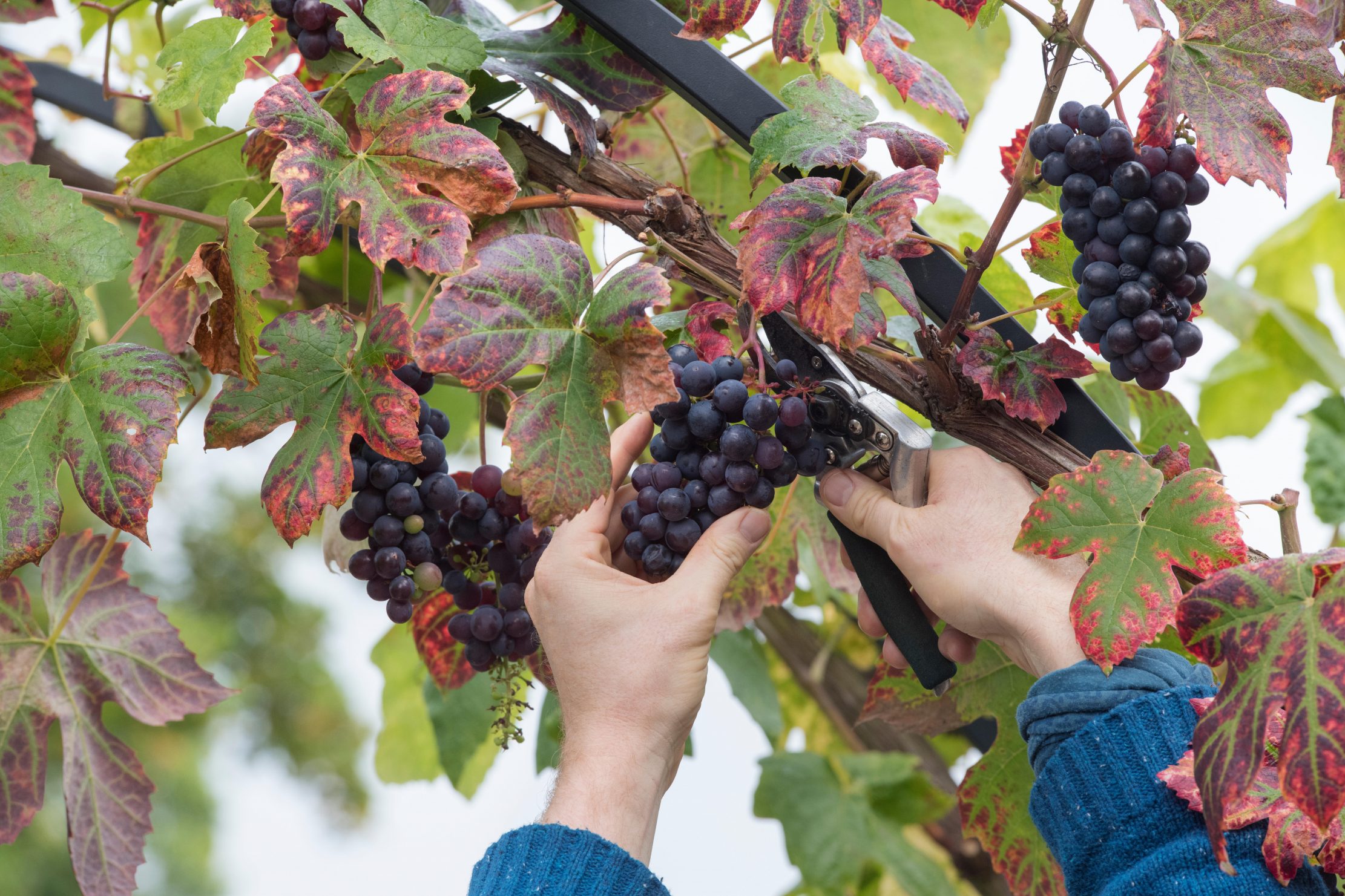
Once you’ve chosen your vine, afford it the best spot you can. Sun and a gentle breeze are needed for good pollination as spring turns to summer — without them, it doesn’t matter how good the following summer is, as there will be little to ripen.
Exquisite houses, the beauty of Nature, and how to get the most from your life, straight to your inbox.
Every degree of shelter and sun the vine has will help it dodge late frost damage and encourage the fruit to ripen well: choose a sunny spot, sheltered from cold winds, with a free-draining soil.
Your vine needs support, whether you’re growing it between posts or against a wall. Use horizontal galvanised wires set 6in from the wall or fence, 16in apart with the lowest 16in above the ground. If you plan to train yours up and over a pergola or other structure, you’ll need to tie it in as it grows. Again, putting a wire framework in place early will save you endless trouble later.
Make a good-sized hole, digging compost or well-rotted manure into it, together with a shovelful of grit or gravel for drainage. Fix a bamboo cane in the planting hole with the vine, tie the stems to the wires or post and water well.
When shoots appear in spring, select the strongest and tie it to the cane, pruning off all others. Let it grow, tying it in as it does, pruning it to a couple of inches below the top wire (or, if growing over a pergola, the point at which you want branching to take place) the following winter. This creates what is known as the crown, from which all canes spring forth in subsequent years.
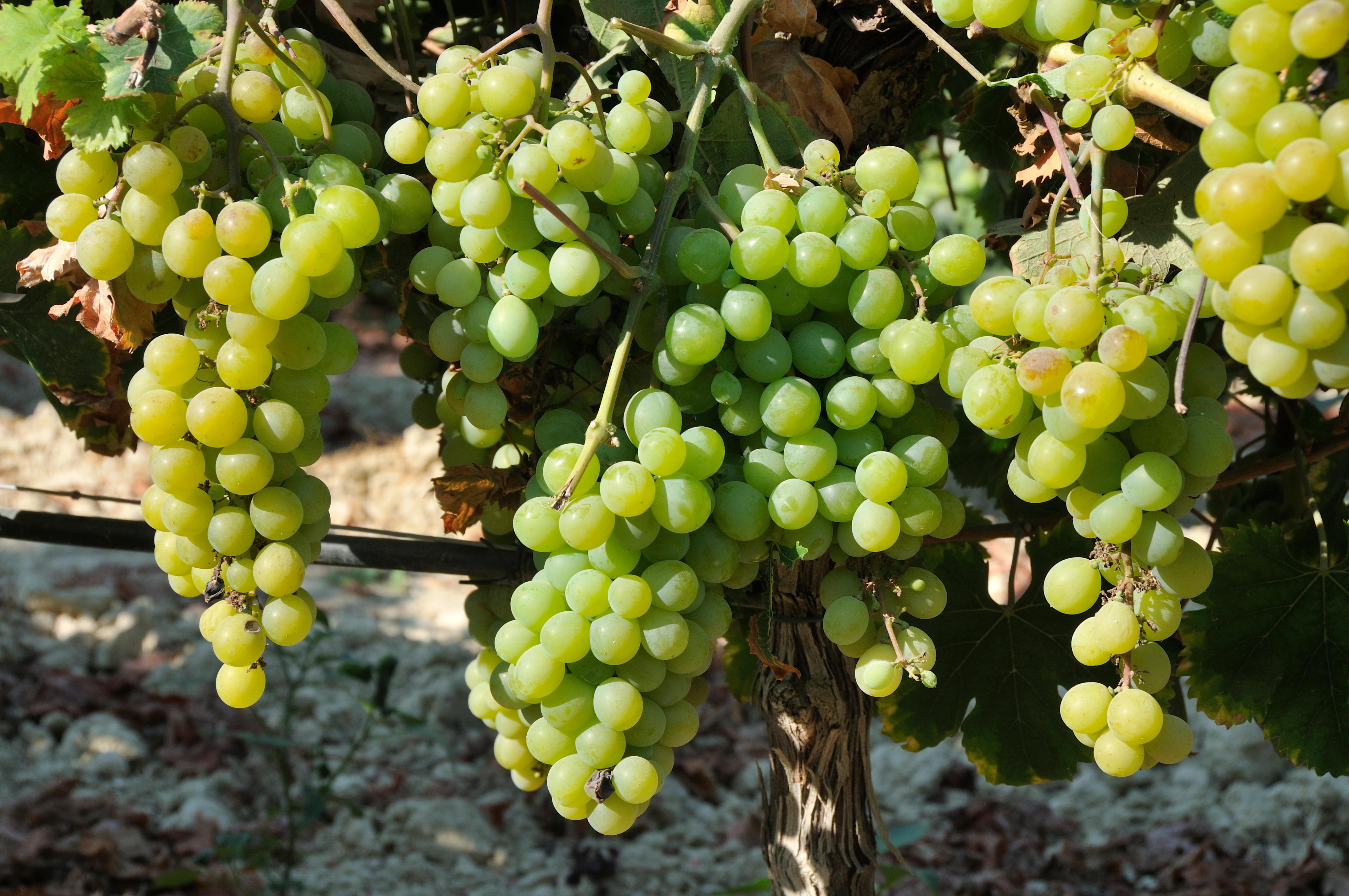
With a little luck and occasional care, you’ll be eating your own grapes in the shade of their leaves in less than three years. Thereafter, follow these simple rules.
Winter pruning in subsequent years is straightforward, but particular to how you’re growing your vine. Refer to the RHS guide online at www.rhs.org.uk/advice/grow-your-own/fruit/grapes.
In spring, mulch well with compost to help retain water and suppress weed competition.
In summer, prune off any shoots trying to grow from the top of the main stem and along the lower trunk. After flowering, spray the leaves and/or water every fortnight with a high-potassium feed (seaweed-based is good) to boost the health and volume of your harvest.
In late summer, pull off any leaves that are shading bunches of grapes. This allows air to circulate, which minimises the chance of disease and allows the sun to sweeten the grapes. You’ll be eating your grapes in the shade of their leaves in less than three years 
Mark Diacono grows edibles, usual and unusual, at Otter Farm in Devon — www.otterfarm.co.uk
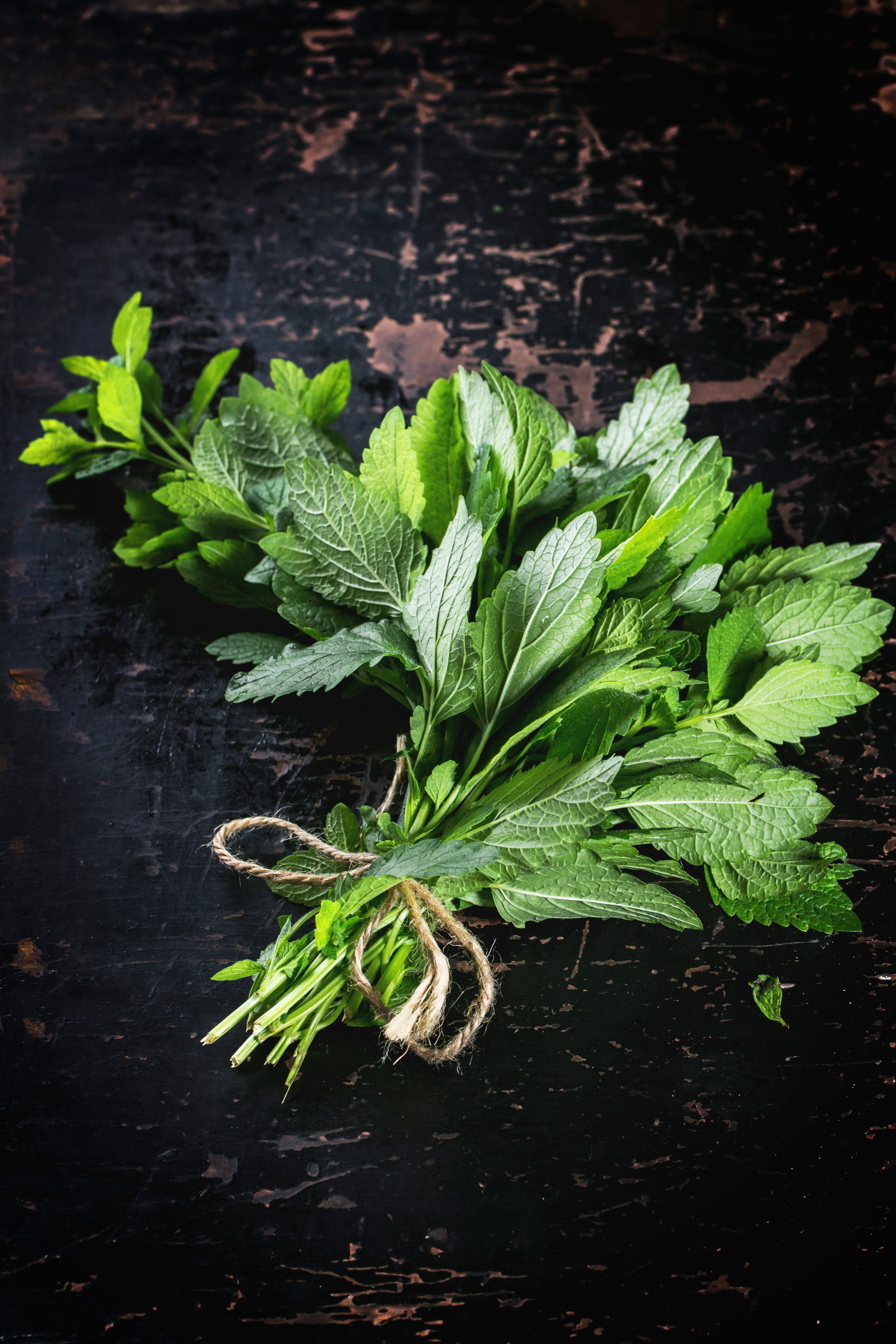
Credit: Alamy
Cultivating mint: What varietals to plant, where to plant them and whether they should be used for jelly or juleps
Mark Diacono explains why mint is for even the incurably incompetent horticultural enthusiast.
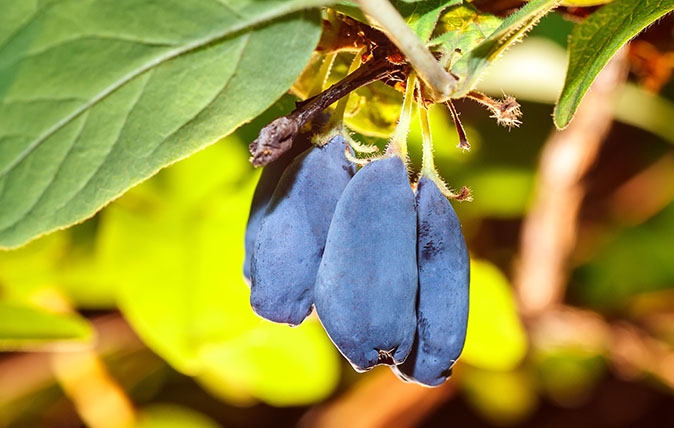
How to enjoy home-grown berries for seven months of the year
Mark Diacono offers us some berry good advice for enjoying our breakfast favourites, whatever the season.
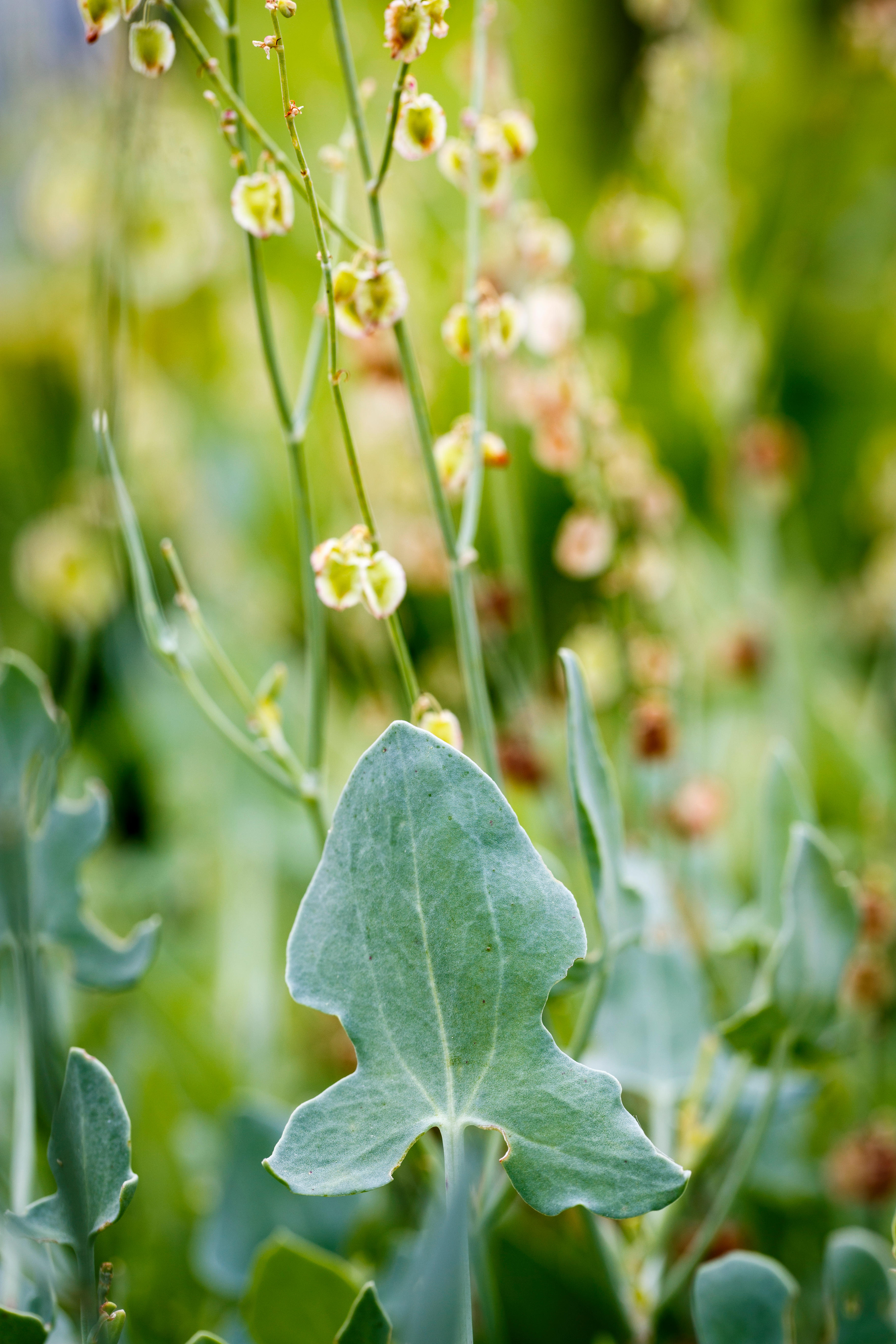
The delicious salad leaves to try in your garden that keep on giving with ‘cut and grow’
Pulling up entire salad plants seems like madness once you've moved on to 'cut and grow again' as Mark Diacono
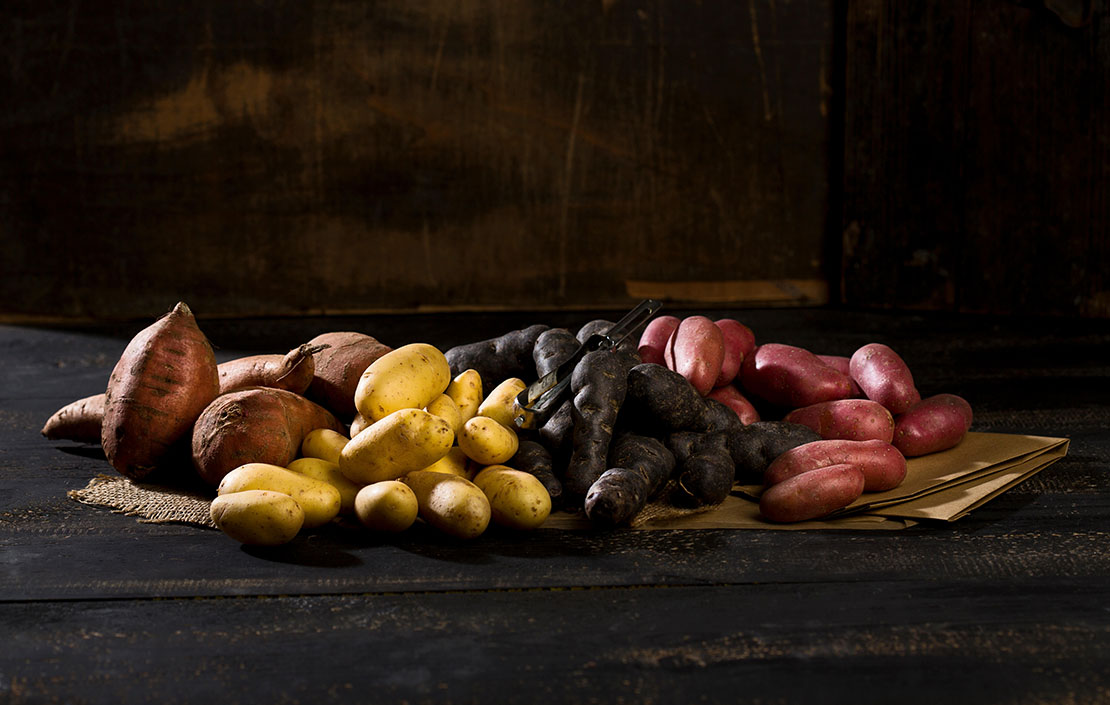
Why you should grow your own potatoes and the 8 varieties you need to try when you do
Mark is lucky enough to spend most of his time eating, growing, writing and talking about food. He has written fourteen award-winning books, including A Year at Otter Farm and A Taste of the Unexpected (both won Food Book of the Year, and Garden Book of the Year). Known for growing everything from Szechuan pepper to pecans to Asian pears, Mark's refreshing approach to growing and eating has done much to inspire a new generation to grow some of what they eat. He was involved in the early days of River Cottage, appearing in the TV series, and writing four River Cottage books. Mark writes to a global audience on his best-selling Substack: Mark Diacono’s Abundance.
-
 Country Life November 19, 2025
Country Life November 19, 2025Country Life November 19, 2025, looks inside Castle Howard's incredible mausoleum, takes a look at the secret life of the eel and meets the gardeners who still swear by tools from the 1940s.
-
 A private island in the Thames Estuary is up for sale at £50,000, complete with its own Victorian fort
A private island in the Thames Estuary is up for sale at £50,000, complete with its own Victorian fortDarnet Fort, is seeking a new owner — but it's going to need someone of great vision and spirit.
